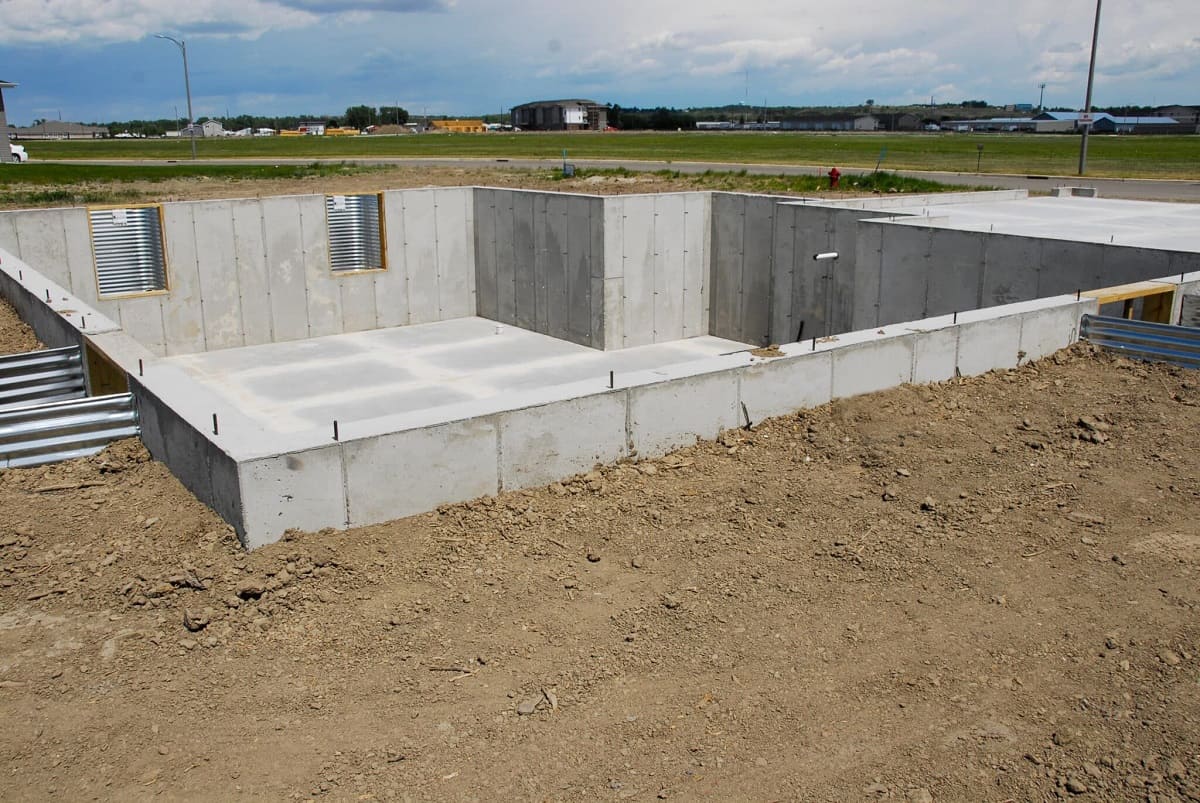

Articles
What Is A Basement Foundation
Modified: September 2, 2024
Learn everything you need to know about basement foundations with our informative articles. Discover expert tips and advice for a strong and secure foundation.
(Many of the links in this article redirect to a specific reviewed product. Your purchase of these products through affiliate links helps to generate commission for Storables.com, at no extra cost. Learn more)
Introduction
A basement foundation is an integral part of many homes and buildings. It serves as the structural support for the entire structure and provides additional living or storage space below ground level. Basement foundations are commonly found in areas where the groundwater table is relatively low and the soil conditions allow for excavation.
Homeowners and builders often opt for basement foundations due to their numerous benefits. They provide additional living space, increase property value, and offer excellent insulation against extreme temperatures. However, like any other structural component, basement foundations can also face certain issues that require proper maintenance and repair.
This article aims to provide a comprehensive understanding of basement foundations, including their definition, types, benefits, common issues, construction process, and maintenance considerations.
Whether you are a homeowner considering a basement foundation for your new construction project or a current homeowner dealing with basement foundation problems, this article will equip you with the knowledge to make informed decisions and ensure the longevity of your basement foundation.
Key Takeaways:
- Basement foundations provide valuable living space, increased property value, and energy efficiency. However, regular maintenance is crucial to address common issues such as water leakage, cracks, and mold growth.
- Understanding the construction process and different types of basement foundations is essential for homeowners and builders. Proper planning, adherence to building codes, and consulting professionals ensure a sturdy and functional basement foundation.
Read more: How To Build A Basement Foundation
Definition of Basement Foundation
A basement foundation, also referred to as a basement, is a structural support system that is built below ground level, typically beneath a residential or commercial building. It consists of walls, floors, and a footing that provides stability and distributes the weight of the structure evenly.
The purpose of a basement foundation is twofold: to support the weight of the building above and to provide additional usable space. Basements can be used for a variety of purposes, such as extra living space, storage, recreation rooms, or even as a home office. The size and functionality of a basement can vary depending on the design and preferences of the homeowner or builder.
Basement foundations are commonly constructed in areas where the ground allows for excavation and the water table is relatively low. They are particularly common in regions with colder climates, as they provide insulation against extreme temperatures and protect the structure from frost heaving.
Basement foundations can be made from different materials, including concrete, brick, or stone. Concrete is the most commonly used material due to its strength, durability, and resistance to water infiltration. The walls and floors of the basement are typically reinforced with steel bars to add structural integrity.
In addition to providing structural support, basement foundations play a crucial role in waterproofing the building. Proper drainage systems, such as sump pumps and French drains, are installed to divert water away from the foundation and prevent water damage.
Overall, basement foundations are an essential component of many buildings, providing stability and valuable space. Their construction and design require careful planning and consideration to ensure the longevity and functionality of the structure.
Types of Basement Foundations
Basement foundations come in different types, each with its own construction method and advantages. The choice of basement foundation type depends on factors such as soil conditions, site characteristics, and budget. Here are some common types of basement foundations:
- Full Basement: A full basement is the most common type of basement foundation. It extends under the entire footprint of the building and provides ample space for various uses. It typically has a ceiling height of 8 to 9 feet, making it suitable for comfortable living spaces.
- Partial Basement: A partial basement, as the name suggests, covers only a portion of the building’s footprint. This type of basement foundation is often utilized in homes or structures where the land topography or budget constraints don’t allow for a full basement. It can serve as a storage area or mechanical room.
- Walkout Basement: A walkout basement is designed with one or more walls that are partially or fully above ground level, allowing for direct access to the outdoors. This type of basement is typically built on sloped terrain, allowing for natural light and easy access to outdoor spaces.
- Daylight Basement: Similar to a walkout basement, a daylight basement is partially or fully above ground. It is constructed on sloped terrain to allow for natural light to enter through windows and provide a brighter environment. Daylight basements are often used as living spaces, with bedrooms, bathrooms, and recreational areas.
- Crawl Space: While not technically a basement, a crawl space is a shallow area beneath a building that allows access for maintenance or storage. Crawl spaces typically have a low ceiling height and are built to elevate the structure slightly above the ground for insulation and ventilation purposes.
Each type of basement foundation has its own set of advantages and considerations. It’s essential to consult with a professional architect or engineer to determine the most suitable type of basement foundation for your specific needs and site conditions. Proper planning and design will ensure a functional and durable basement foundation that adds value to your property.
Benefits of Basement Foundations
Basement foundations offer numerous advantages for homeowners and builders alike. Here are some key benefits of having a basement foundation:
- Additional Living Space: One of the main benefits of a basement foundation is the extra living space it provides. Basements can be transformed into various functional areas such as bedrooms, home offices, entertainment rooms, or even rental units. They offer flexibility and the opportunity to maximize the usable space within a property.
- Increased Property Value: A well-designed and finished basement can significantly increase the overall value of a property. Adding usable space below ground level is often seen as a valuable asset for potential buyers, making the property more desirable and potentially increasing its resale value.
- Storage and Organization: Basements are ideal for storage and organizing belongings. They can serve as a dedicated space for storing seasonal items, furniture, equipment, or other household items. This helps free up living areas and keeps the house clutter-free.
- Energy Efficiency: Basement foundations can improve energy efficiency by acting as insulation for the rest of the structure. They provide a barrier against outdoor weather conditions, reducing energy consumption for heating and cooling. Properly insulated basement walls and floors can help maintain a more comfortable indoor environment throughout the year.
- Protection from Extreme Weather: Basements offer a level of protection against extreme weather events such as storms, tornadoes, or hurricanes. Being below ground level, they provide a sheltered space where occupants can seek refuge during emergencies.
- No Land Use: Constructing a basement foundation allows for efficient use of available land. Instead of expanding the footprint of the building, a basement utilizes the space below ground, leaving room for landscaping, gardens, or outdoor recreational areas.
- No Disruption to Outdoor Space: Basement foundations do not require sacrificing outdoor space. By building below ground, homeowners can maintain a larger yard or garden area, preserving outdoor aesthetics and functionality.
When considering the construction of a basement foundation, it’s important to weigh these benefits against the potential costs and site-specific considerations. Consulting with professionals and conducting proper planning will ensure that you make the most informed decision for your specific needs and circumstances.
When building a basement foundation, ensure proper waterproofing to prevent moisture issues. Use quality materials and consider hiring a professional for the best results.
Common Issues with Basement Foundations
While basement foundations offer many benefits, they can also experience certain issues that require attention and maintenance. It’s essential for homeowners and builders to be aware of these common problems in order to address them promptly. Here are some of the most common issues with basement foundations:
- Water Leakage: One of the most prevalent issues with basement foundations is water leakage. Poor waterproofing or inadequate drainage systems can lead to basement flooding, which can cause damage to the structure and belongings. Addressing water leakage issues promptly is crucial to prevent further damage and potential mold growth.
- Cracks in Foundation Walls: Over time, foundation walls can develop cracks due to settling, soil movement, or structural issues. These cracks can allow water infiltration and compromise the integrity of the foundation. Regular inspections and timely repairs of foundation cracks are necessary to maintain the stability and waterproofing of the basement.
- Structural Instability: Inadequate construction or soil movement can cause the basement foundation to become structurally unstable. Signs of structural instability include sagging floors, tilting walls, or doors and windows that don’t close properly. It’s crucial to address any structural issues promptly to prevent further damage and ensure the safety of the occupants.
- Mold and Mildew: Basements are prone to high humidity levels, especially in areas with poor ventilation. This can lead to the growth of mold and mildew, which not only pose health risks but also deteriorate the building materials. Proper ventilation and dehumidification methods are essential to control moisture levels and prevent mold growth in basements.
- Cracked or Uneven Floors: Uneven or cracked basement floors can be a sign of a settling foundation or poor construction. These issues can affect the functionality and safety of the basement. Professional inspection and repair may be necessary to address floor issues and prevent further damage.
- Inadequate Insulation: Improper insulation in basement walls and floors can lead to energy loss and discomfort. Cold basement spaces can affect the overall energy efficiency of the building. Ensuring proper insulation during construction or upgrading insulation can help improve energy efficiency and create a more comfortable living environment.
Regular maintenance, inspections, and timely repairs are essential to minimize the impact of common issues with basement foundations. Seeking professional advice and assistance will ensure that these problems are addressed effectively, safeguarding the integrity and longevity of the basement foundation.
Read more: What Is Foundation In Construction
Basement Foundation Construction Process
The construction of a basement foundation requires careful planning, precise execution, and adherence to building codes and regulations. The following describes a typical process for basement foundation construction:
- Site Preparation: The construction site is cleared of any vegetation, debris, or obstacles that may hinder the excavation process. The area is marked and leveled for proper foundation placement.
- Excavation: Excavation begins by digging a hole to the desired depth to accommodate the basement foundation. The soil is carefully removed and properly disposed of, ensuring that the excavation dimensions match the building plans.
- Footings Installation: The footings, which are reinforced concrete strips or pads, are installed at the base of the excavated area. These footings provide a stable foundation and distribute the weight of the structure evenly.
- Foundation Walls Construction: The foundation walls are constructed using concrete or other suitable materials. Concrete forms or precast concrete panels are assembled and secured in place. Reinforcement bars or meshes are installed to add strength and stability to the walls. The walls may also include windows or openings as required.
- Waterproofing: Waterproofing measures are essential to protect the basement foundation from water damage. The exterior of the foundation walls is coated with a waterproofing membrane, and drain tiles or weeping tiles are installed to direct water away from the foundation.
- Backfilling: Once the foundation walls are complete and the waterproofing is in place, the excavated soil is backfilled against the exterior of the basement walls. The backfill is compacted in layers to provide support and prevent soil settlement.
- Slab or Floor Installation: A concrete slab or floor is poured inside the basement, providing a level surface for the finished space. Proper reinforcement and moisture barrier techniques are employed to ensure the durability and stability of the slab.
- Utility Installation: Rough-in plumbing, electrical, and HVAC installations are carried out within the basement foundation prior to any finishing work. This includes the placement of pipes, wiring, and other necessary utilities based on the building plans.
- Finishing and Insulation: The basement space can be finished according to the homeowner’s preferences. This may involve insulation installation, interior wall framing, drywall installation, flooring, and other finishing touches to create a usable and comfortable living space.
It’s important to note that the construction process can vary depending on factors such as the type of basement foundation, local building codes, and site-specific conditions. Consulting with professionals, such as architects, engineers, and contractors, is essential for a successful basement foundation construction project.
Considerations for Basement Foundation Maintenance
Maintaining a basement foundation is crucial to ensure its longevity and prevent potential issues. Here are some important considerations for basement foundation maintenance:
- Regular Inspections: Conduct regular inspections of the basement foundation to identify any signs of damage or deterioration. Look for cracks, water leakage, or shifting in the walls or floors. Early detection of problems allows for prompt repairs and prevents further damage.
- Manage Water Drainage: Proper water management is essential for maintaining a healthy basement foundation. Ensure that gutters and downspouts are clean and direct water away from the foundation. Regularly inspect and maintain the exterior drainage systems, such as French drains or sump pumps, to prevent water accumulation around the foundation.
- Maintain Proper Grading: Ensure that the surrounding soil is properly graded away from the foundation. This helps to prevent the pooling of water and minimize the risk of water infiltration. Over time, soil settlement may cause improper grading, so periodic adjustments may be required.
- Address Cracks Promptly: Monitor and address any cracks in the basement foundation walls or floors promptly. Small cracks can widen over time, leading to water infiltration and structural issues. Consult with a professional to determine the cause of the cracks and carry out necessary repairs.
- Inspect and Maintain Waterproofing: Check the exterior waterproofing and foundation sealant regularly to ensure their effectiveness. If any signs of deterioration or damage are noticed, repair or reapply the waterproofing as soon as possible to prevent water damage.
- Control Moisture and Humidity: Basements are prone to high humidity levels, which can contribute to mold growth and structural issues. Use dehumidifiers or ventilation systems to control moisture levels and improve air circulation. Regularly inspect and address any signs of mold or mildew.
- Address Soil Erosion: Soil erosion around the foundation can compromise its stability. Keep an eye on areas where soil erosion is occurring and take measures to prevent it. This may involve installing erosion control methods, such as retaining walls or landscaping techniques.
- Maintain Proper Insulation: Inspect and repair any damage to the insulation in the basement walls or floors. Proper insulation helps in energy efficiency and prevents moisture buildup. Replace damaged insulation promptly to maintain the integrity of the basement space.
Regular maintenance and timely repairs are essential to ensure the durability and functionality of a basement foundation. Consulting with professionals for regular inspections and addressing any concerns promptly will help prevent costly repairs and preserve the value of the property.
Conclusion
Basement foundations are an integral part of many homes and buildings, providing structural support and additional living or storage space. They offer numerous benefits, including extra living space, increased property value, energy efficiency, and protection from extreme weather. However, basement foundations can also face common issues such as water leakage, cracks, and mold growth, requiring regular maintenance and prompt repairs.
Understanding the construction process and different types of basement foundations is essential for homeowners and builders. Proper planning, adherence to building codes, and consulting professionals ensure a sturdy and functional basement foundation.
When it comes to maintenance, regular inspections, managing water drainage, and addressing issues promptly are crucial. Maintaining proper grading, repairing cracks, and monitoring waterproofing are essential for preventing water damage and structural issues.
Controlling moisture and humidity, addressing soil erosion, and maintaining insulation contribute to a healthy and efficient basement foundation. Consulting professionals for regular inspections and taking proactive measures will help minimize issues and preserve the longevity of the basement foundation.
In conclusion, basement foundations provide valuable space and structural stability to homes and buildings. With proper planning, construction, and maintenance, homeowners can enjoy the benefits of a functional and durable basement foundation for years to come.
Frequently Asked Questions about What Is A Basement Foundation
Was this page helpful?
At Storables.com, we guarantee accurate and reliable information. Our content, validated by Expert Board Contributors, is crafted following stringent Editorial Policies. We're committed to providing you with well-researched, expert-backed insights for all your informational needs.



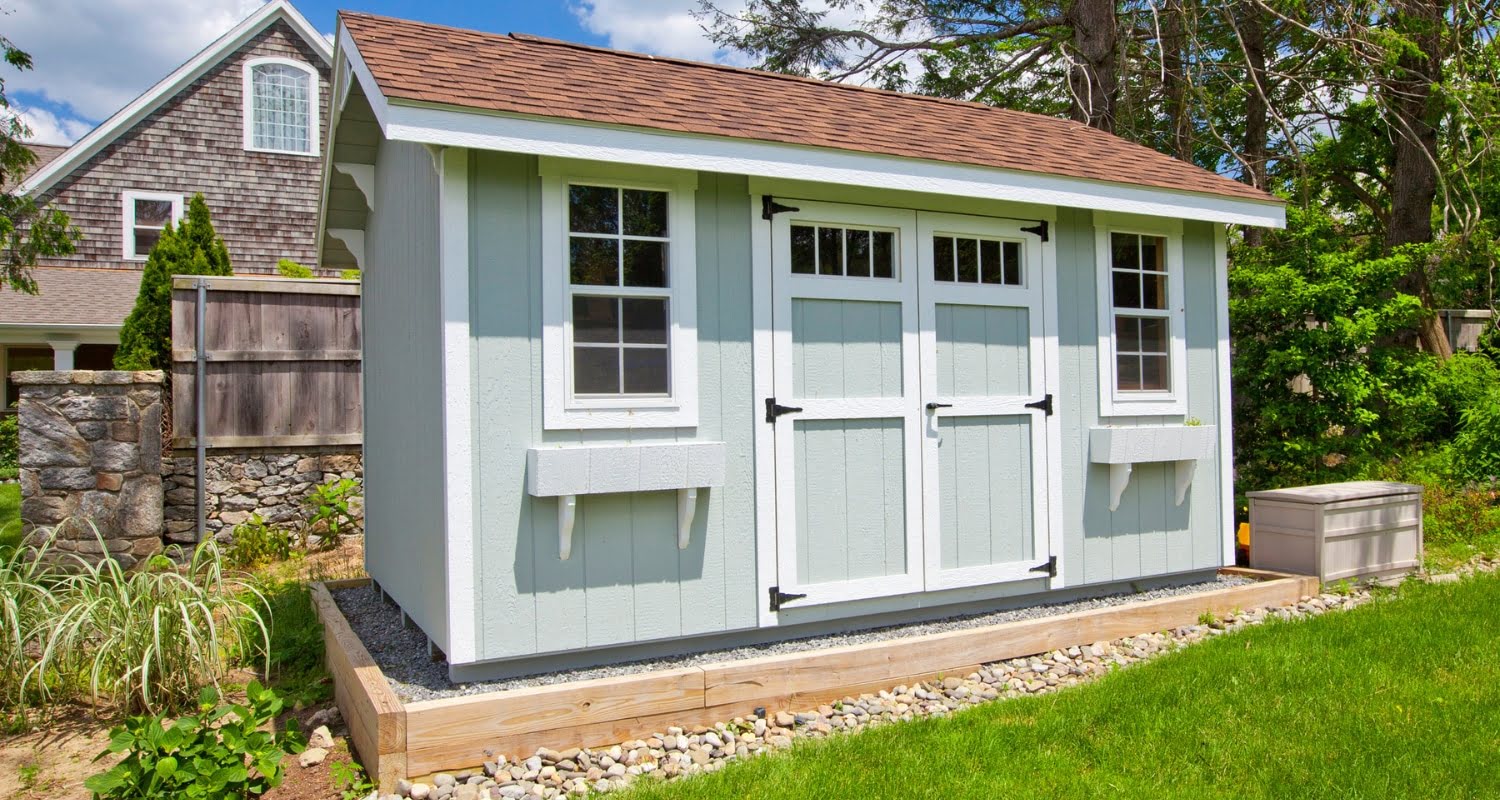
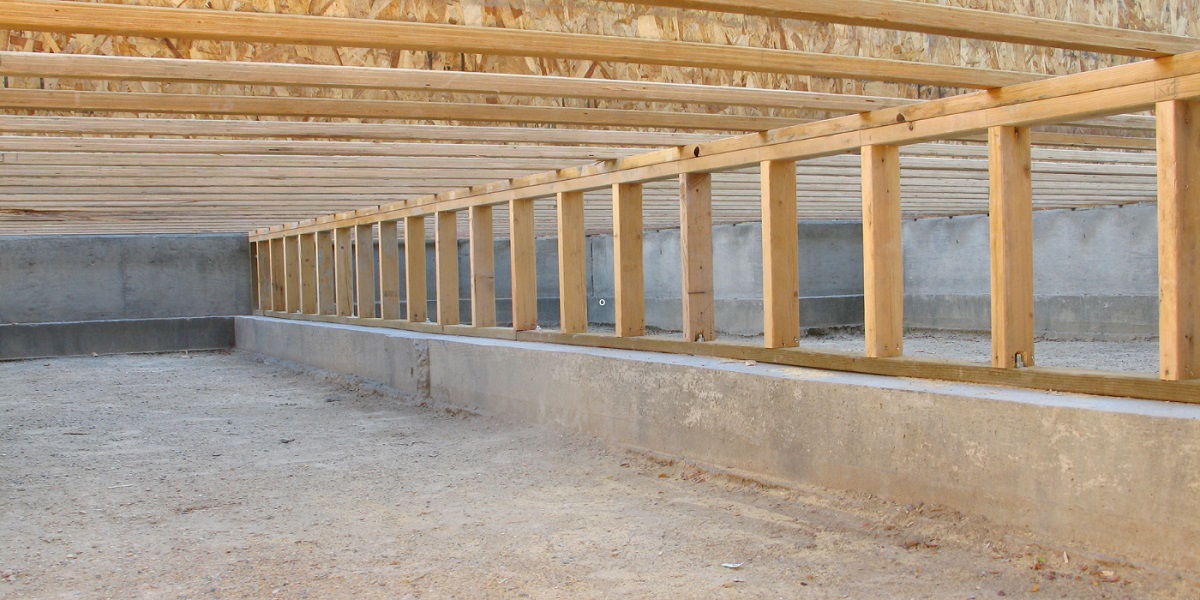
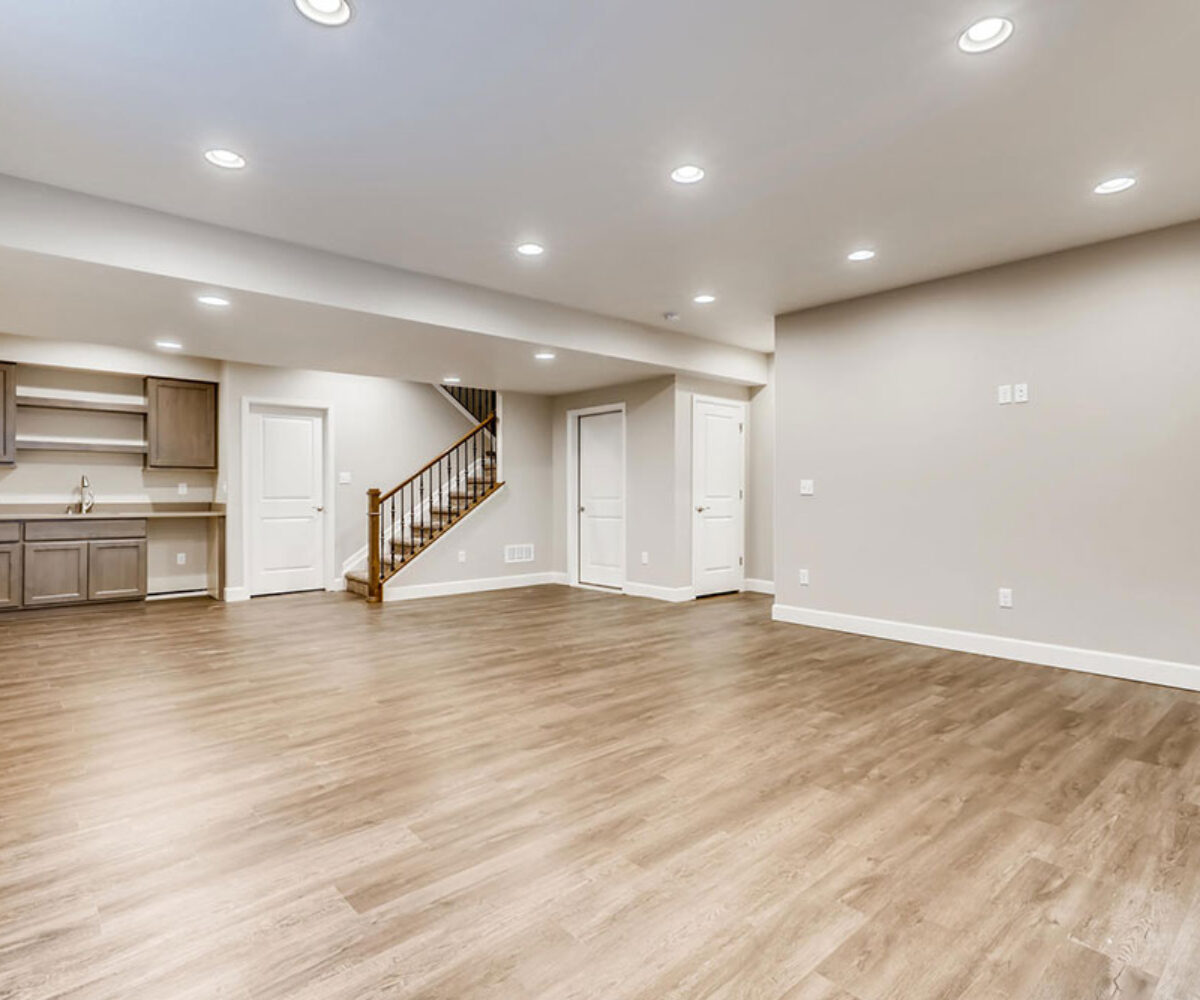
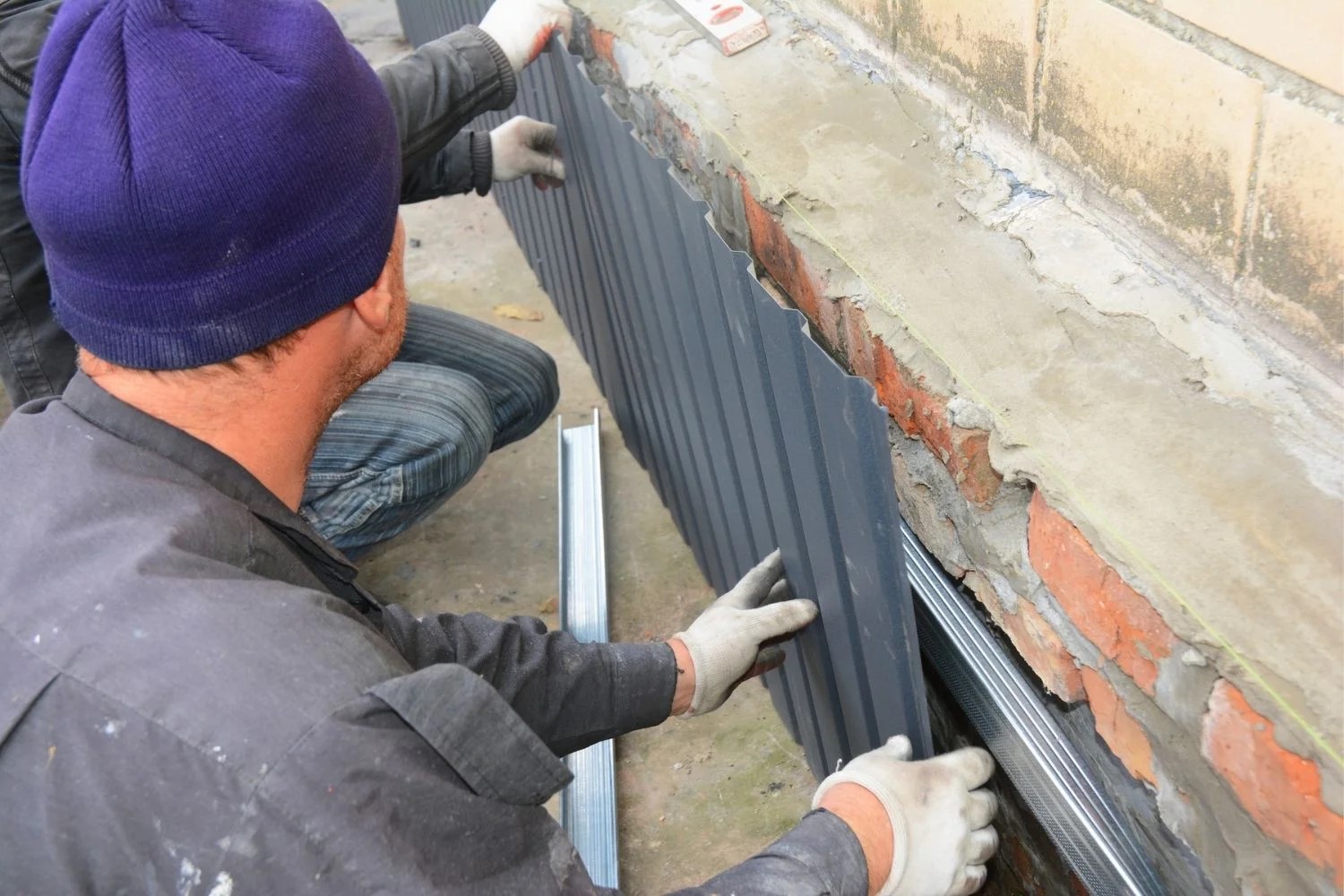


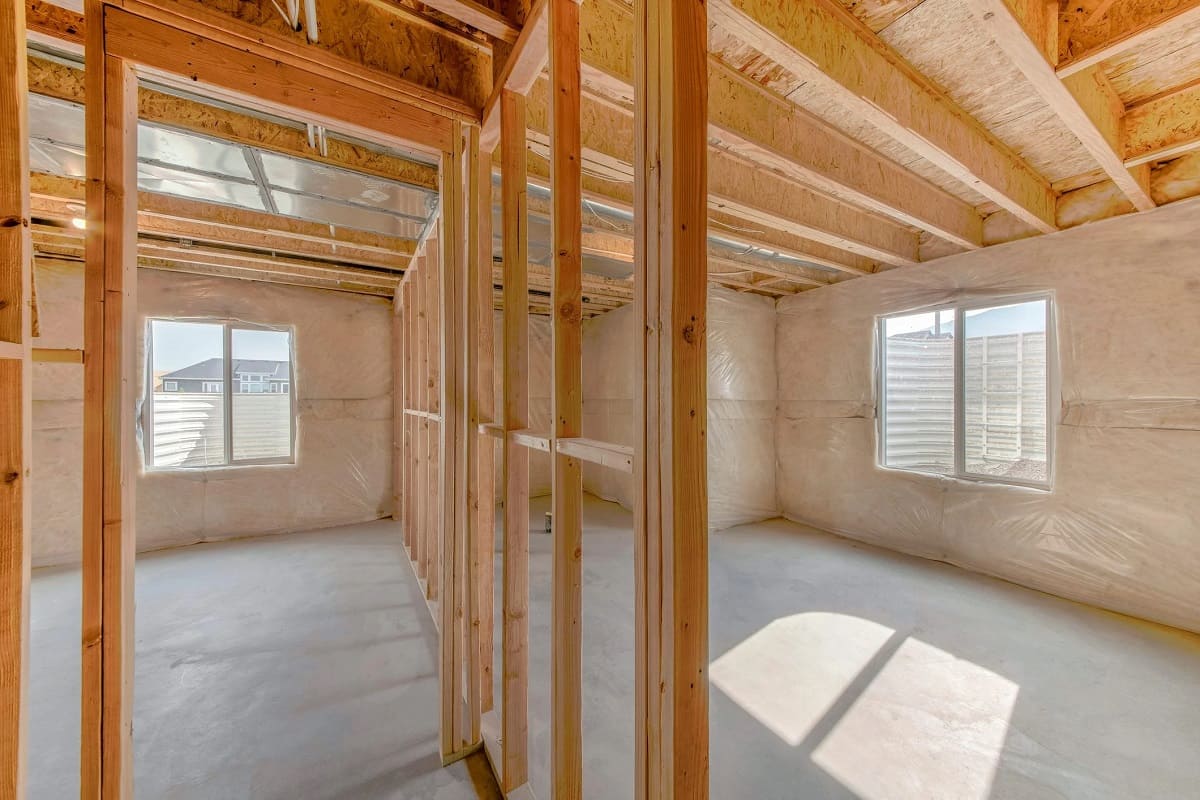
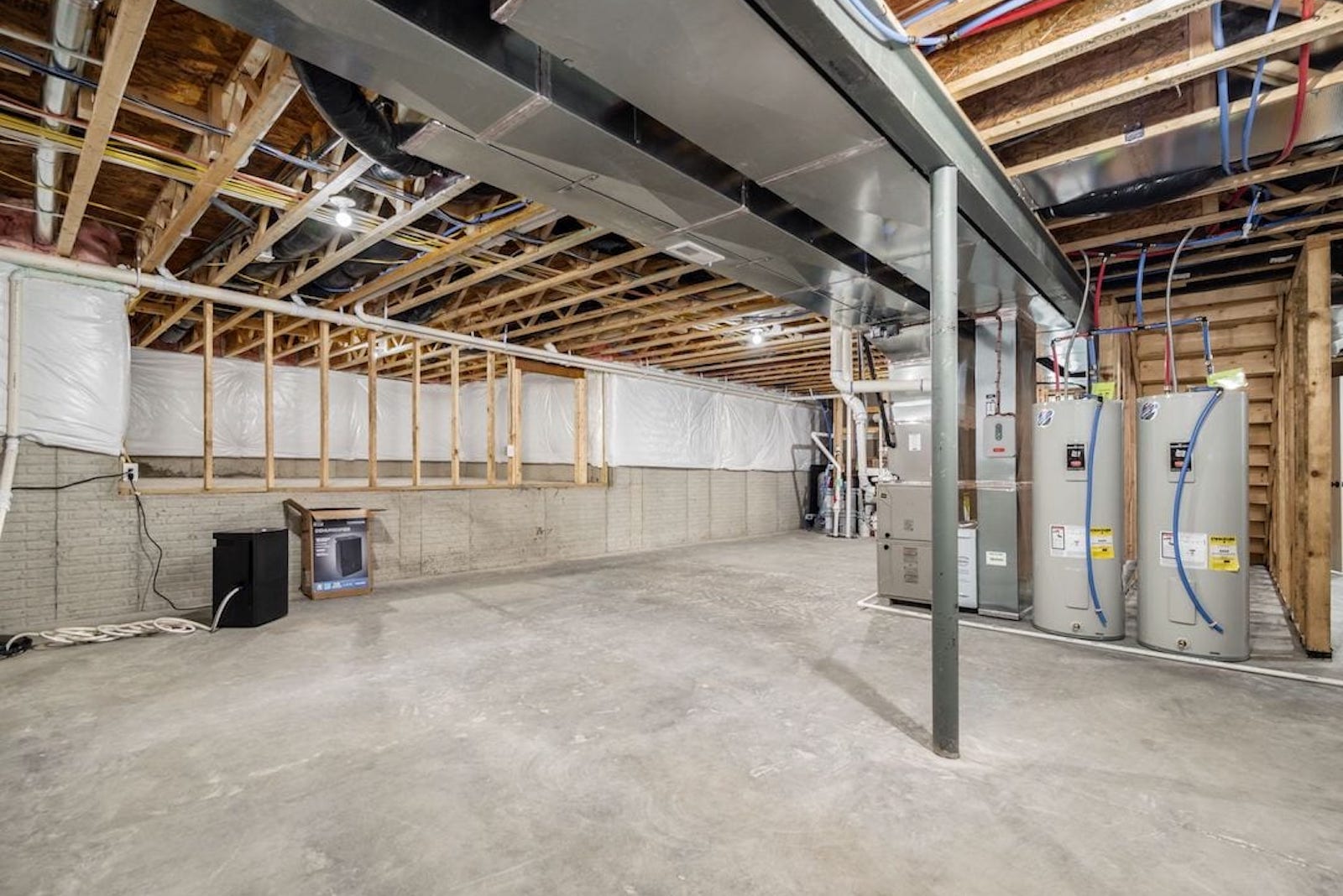

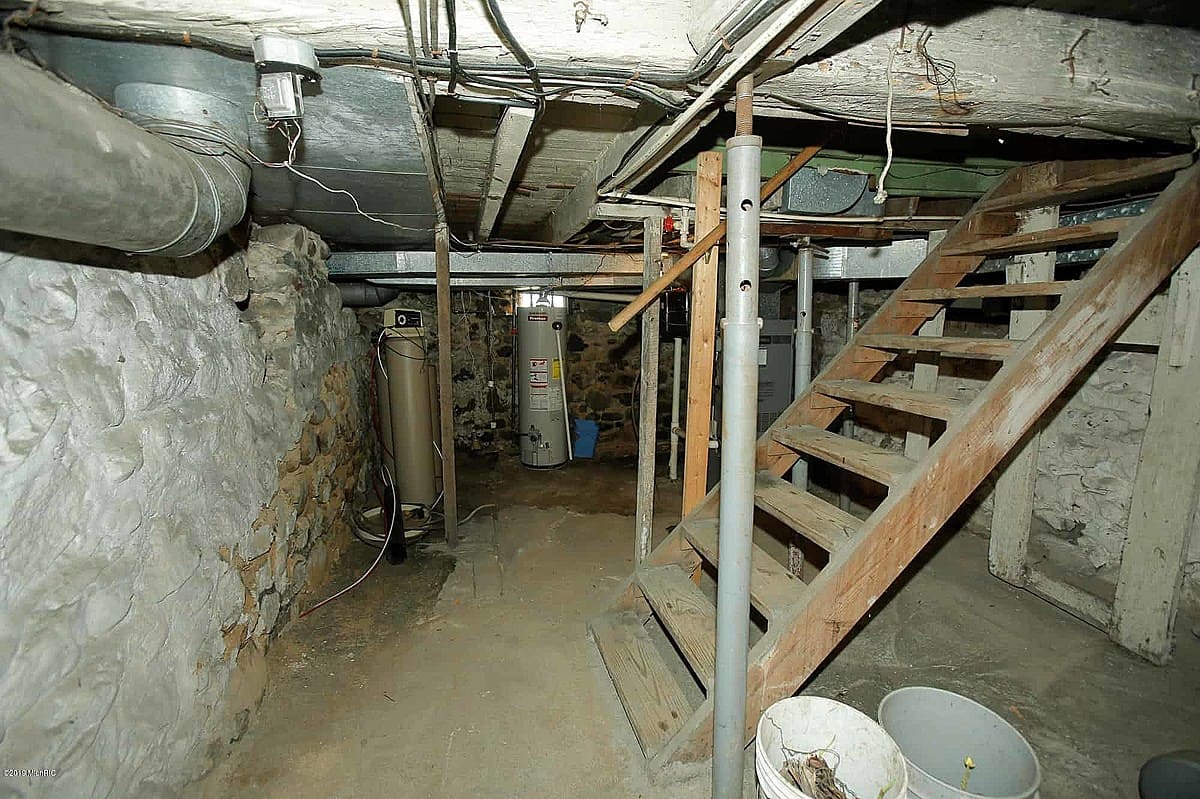
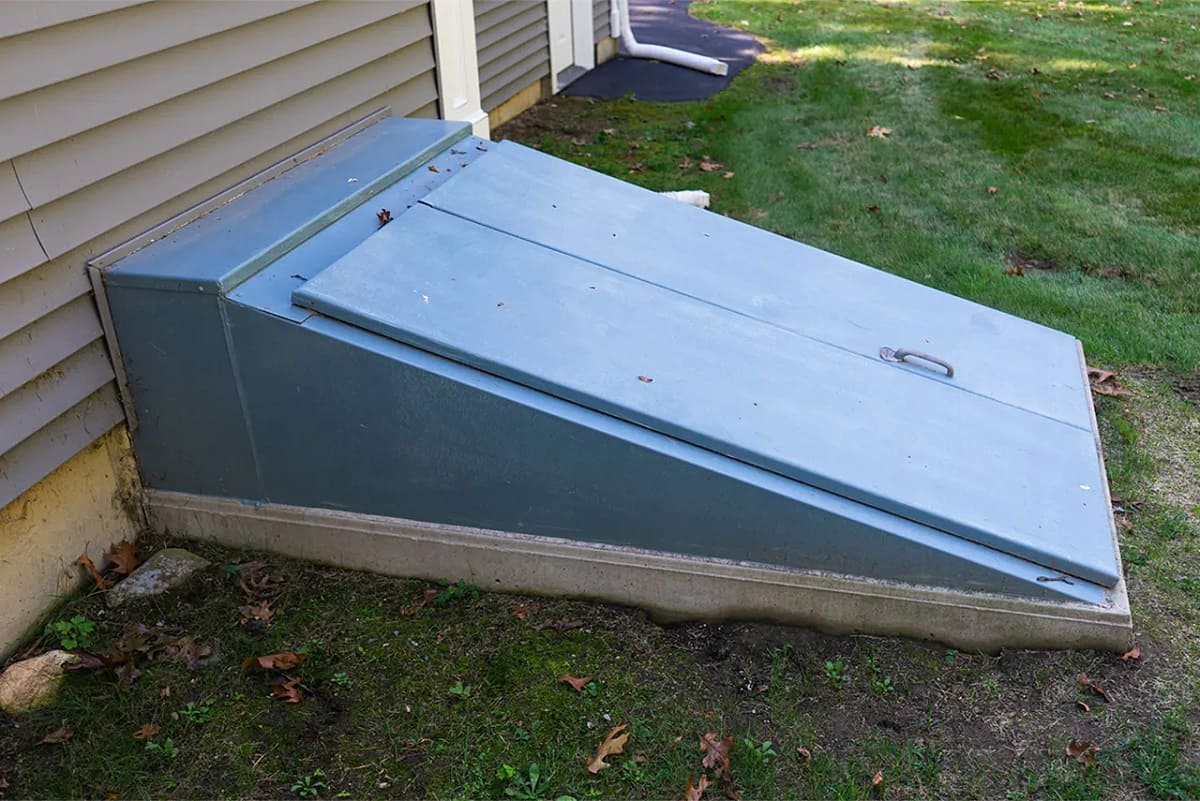

0 thoughts on “What Is A Basement Foundation”